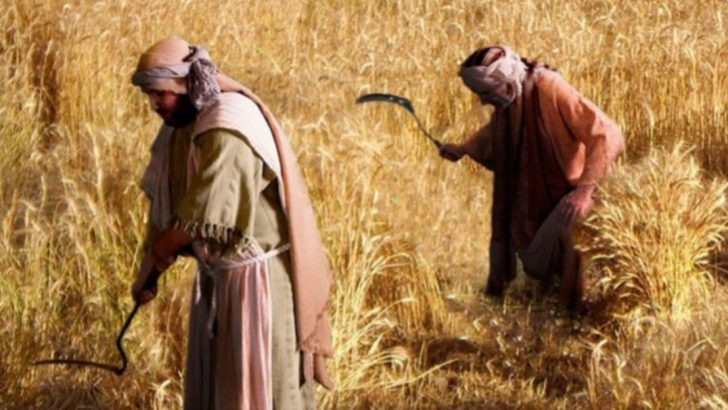The Bible isn’t just filled with spiritual wisdom—it’s also packed with mentions of foods that sustained people thousands of years ago. Remarkably, many of these ancient staples continue to grace American tables today.
These biblical foods have stood the test of time, connecting our modern meals with those enjoyed during biblical times.
1. Bread: The Staff Of Life

Breaking bread together has been meaningful since biblical days. Ancient bread was typically flatbread, unlike today’s fluffy loaves, but the importance remains unchanged.
In Matthew 4:4, Jesus declares, “Man shall not live by bread alone,” highlighting its fundamental role in sustenance.
2. Honey: Nature’s Golden Sweetener
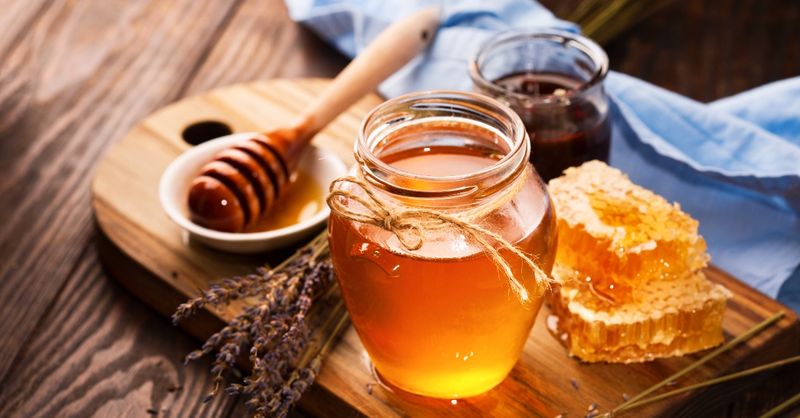
Flowing milk and honey described the Promised Land’s abundance for good reason. This natural sweetener appears throughout Scripture as both food and metaphor.
John the Baptist survived on locusts and wild honey in the wilderness. Modern Americans drizzle it on toast, stir it into tea, and use it as a healthier alternative to refined sugar.
3. Figs: Fruit Of Paradise
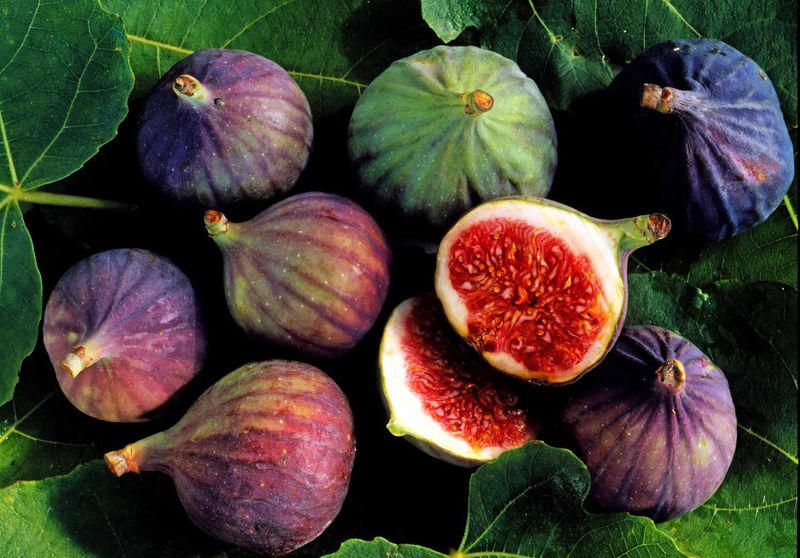
Figs hold the distinction of being the first fruit specifically named in the Bible. Adam and Eve used fig leaves for covering, and Jesus told parables featuring fig trees.
These sweet fruits were dietary staples in biblical times. Today’s Americans enjoy them fresh, dried in cookies, or as the familiar filling in Fig Newton cookies.
4. Grapes: Vineyard Treasures
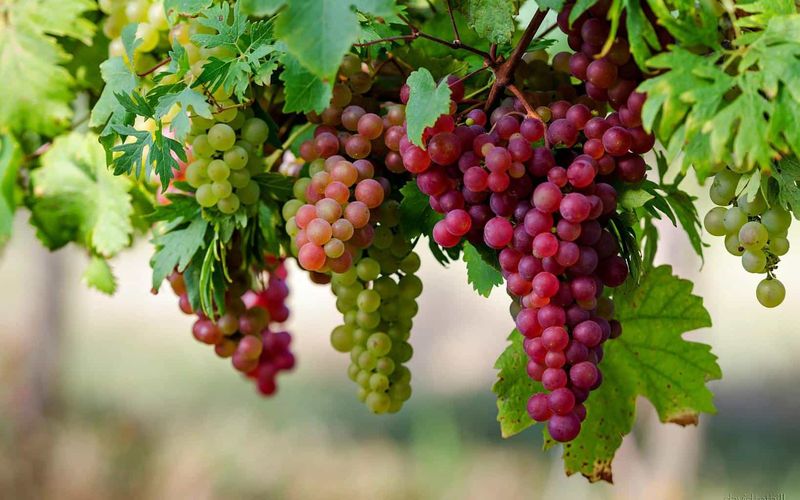
Biblical vineyards produced grapes for eating fresh and making wine. Noah famously planted a vineyard after the flood, beginning a long tradition.
Jesus frequently referenced vineyards in his teachings. Modern Americans snack on fresh grapes, enjoy them dried as raisins, or sip the fermented juice that’s been central to ceremonies for millennia.
5. Olives: Ancient Orchard Gems

The olive branch symbolizes peace thanks to Noah’s dove. These fruits provided essential oil for cooking, lighting lamps, and anointing in biblical times.
Gethsemane, where Jesus prayed before his crucifixion, was an olive grove.
6. Fish: Miraculous Meals
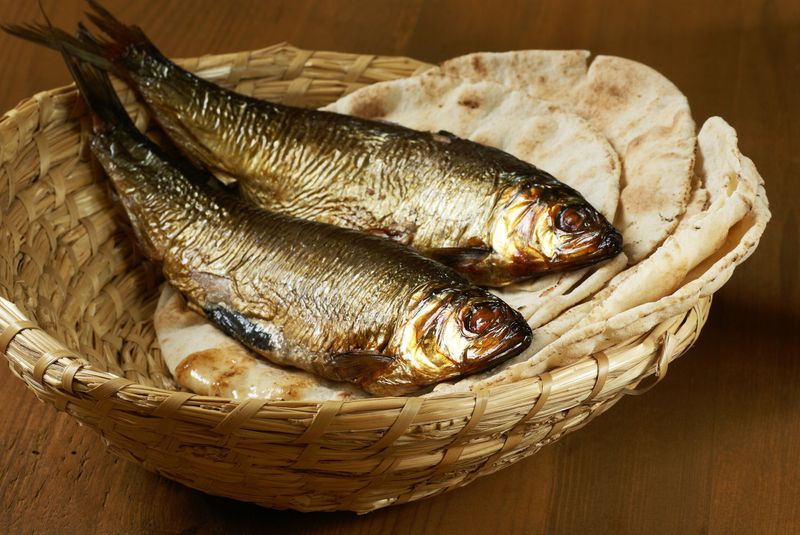
Fish swim through many biblical stories. Jesus fed thousands with just five loaves and two fish in one of his most famous miracles.
Several disciples were fishermen before following Jesus. Fish remains incredibly popular in American diets—whether grilled salmon, fish tacos, or the Friday night tradition of fish fry in many communities.
7. Pomegranates: Jewels Of Abundance
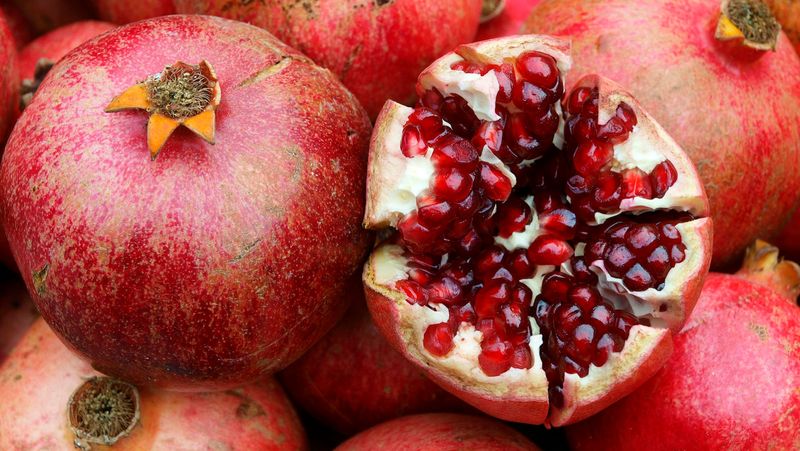
Pomegranates decorated Solomon’s temple and adorned priestly garments as symbols of righteousness and abundance. Their distinctive shape and numerous seeds represented prosperity.
Moses mentioned them among Canaan’s blessings. Today, Americans love pomegranate juice for its antioxidants.
8. Lentils: Humble Powerhouse
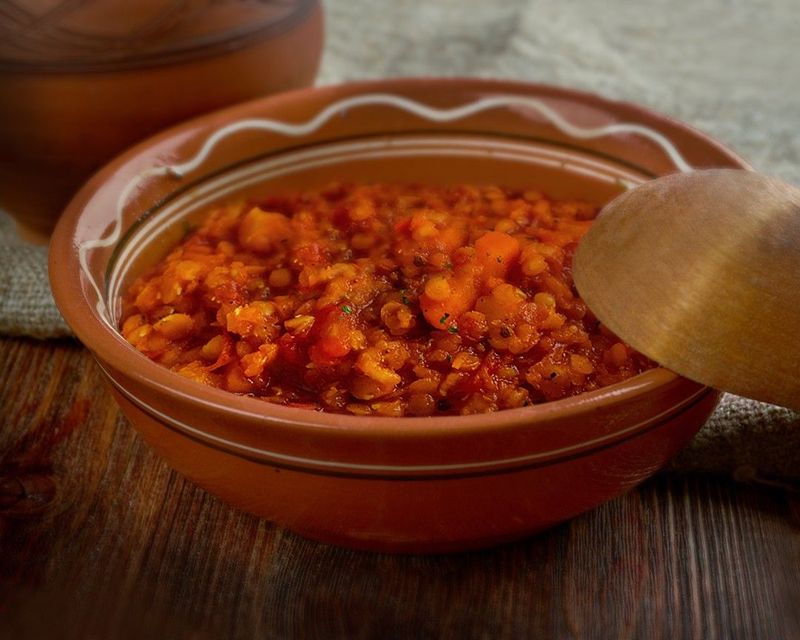
Esau famously traded his birthright for a bowl of lentil stew—perhaps history’s worst trade deal. These protein-packed legumes sustained ordinary people throughout biblical lands.
Archaeological evidence shows lentils were among the earliest cultivated crops.
9. Almonds: Sacred Nuts
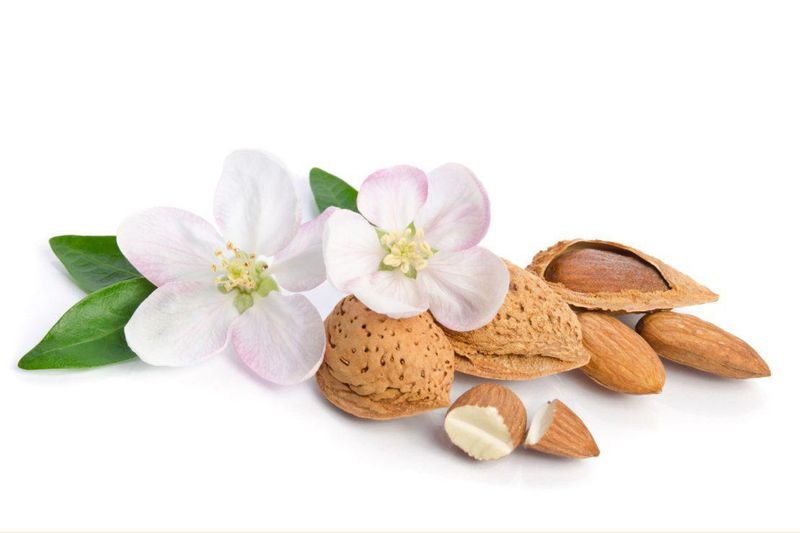
Aaron’s rod miraculously sprouted almond blossoms, establishing these nuts as spiritually significant. Almond-shaped lamps illuminated the tabernacle according to biblical descriptions.
The Bible mentions almonds as precious gifts worthy of kings. Contemporary Americans crunch them as snacks, blend them into milk alternatives, and bake them into countless sweets and treats.
10. Dates: Desert Delights
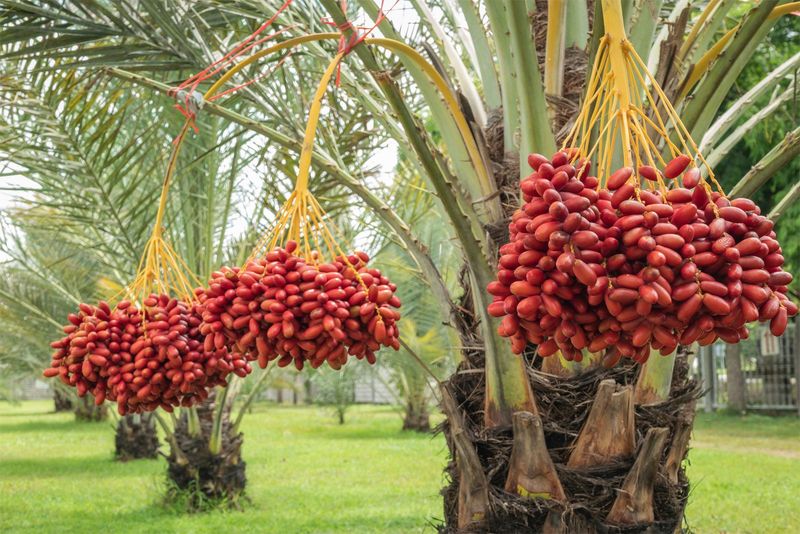
Palm trees laden with dates appear throughout Scripture as symbols of prosperity and righteousness. These sweet fruits provided essential calories in desert regions.
Date palms were so valuable they appeared on ancient coins.
11. Wheat: Grain Of Civilization
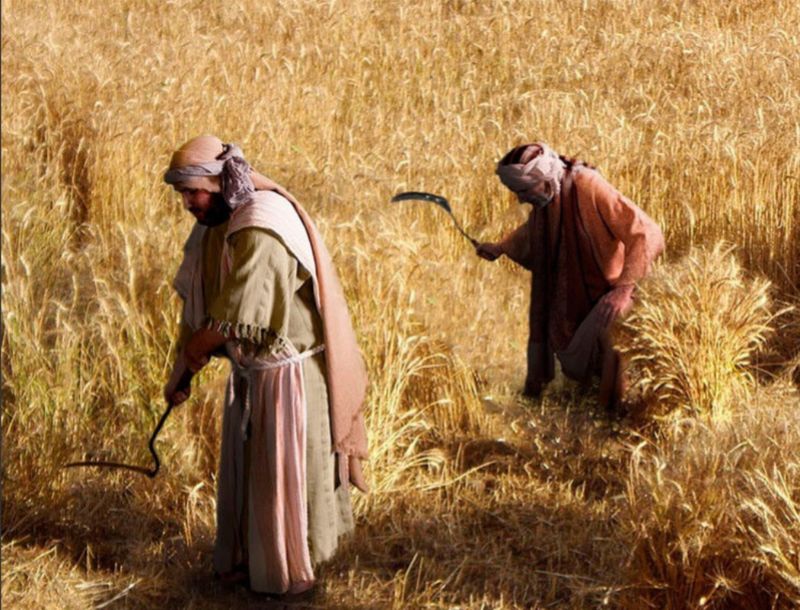
Jesus compared the kingdom of heaven to wheat separated from chaff. This fundamental grain appears in countless biblical references and parables about harvest and abundance.
Ruth gleaned wheat from Boaz’s fields in their famous love story. Perhaps the most ubiquitous biblical food in modern diets.
12. Lamb: Sacrificial Symbol

Lamb carries profound symbolism throughout Scripture—from Abel’s acceptable offering to the Passover lamb to Jesus as the Lamb of God. It was both ceremonial and everyday food.
The Good Shepherd parable features sheep prominently. While not as common as chicken or beef, lamb remains popular in American Easter dinners, Mediterranean restaurants, and gourmet cooking.
13. Onions: Egyptian Memories
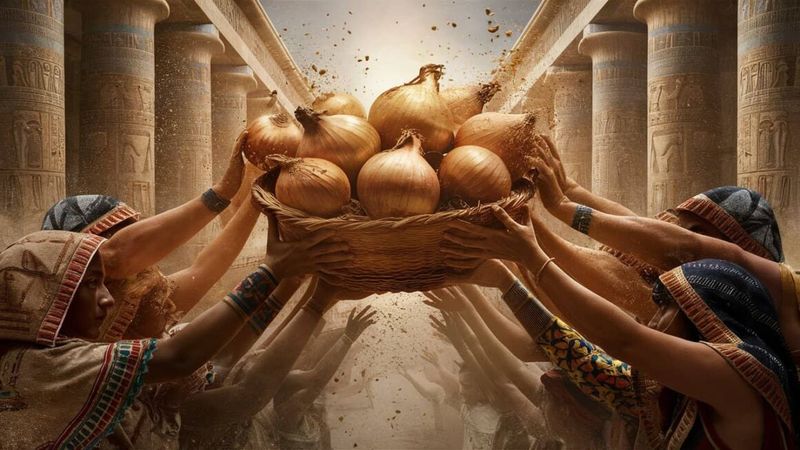
The Israelites lamented leaving behind Egypt’s onions during their desert wanderings. This humble vegetable was so valued it was worth complaining about!
Archaeological evidence confirms onions were dietary staples in biblical times. Onions are adding flavor to nearly every savory dish imaginable.
14. Garlic: Flavorful Medicine
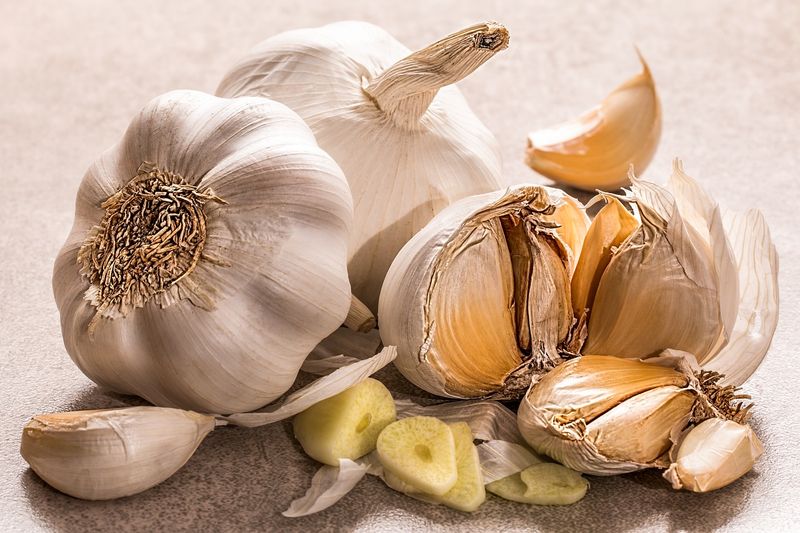
Mentioned alongside onions as Egyptian foods the Israelites missed in the wilderness, garlic was both flavoring and medicine. Ancient peoples recognized its health benefits long before modern science confirmed them.
Egyptian pyramid builders received garlic rations for strength. We embrace garlic in everything from pasta sauce to roasted vegetables.
15. Cucumbers: Cool Refreshment
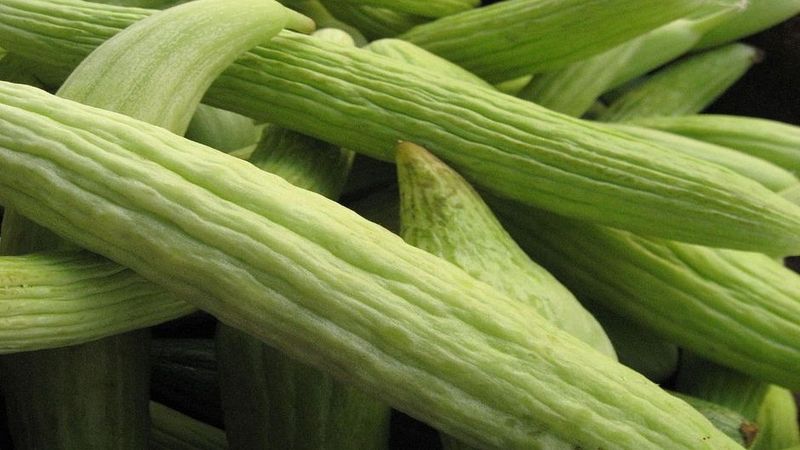
The wandering Israelites specifically mentioned missing Egypt’s cucumbers. In hot desert climates, these water-rich vegetables provided crucial hydration and refreshment.
Ancient varieties were likely similar to today’s Mediterranean cucumbers.
16. Barley: Grain Of The Common Folk
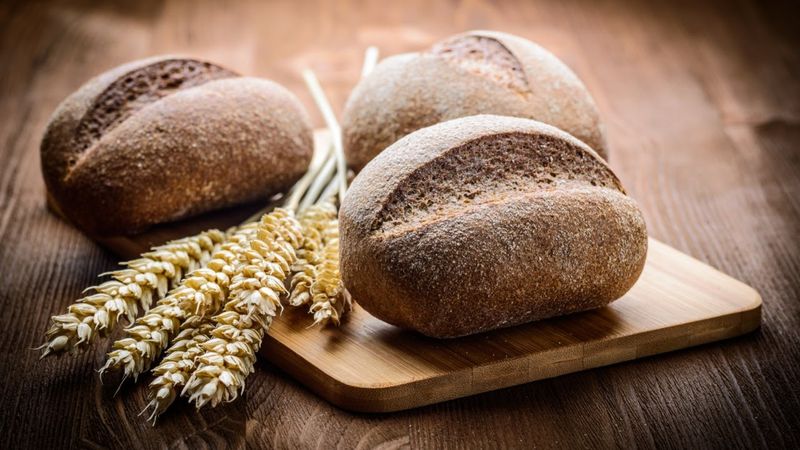
Barley loaves featured in Jesus’ miracle feeding the multitude. This hearty grain ripens earlier than wheat and grows in harsher conditions, making it crucial for survival.
Ruth gathered barley during her gleaning. Today we might not eat barley bread, but many consume this biblical grain in soups, beer production, breakfast cereals, and as a nutritious alternative to rice.
17. Beans: Humble Protein Source
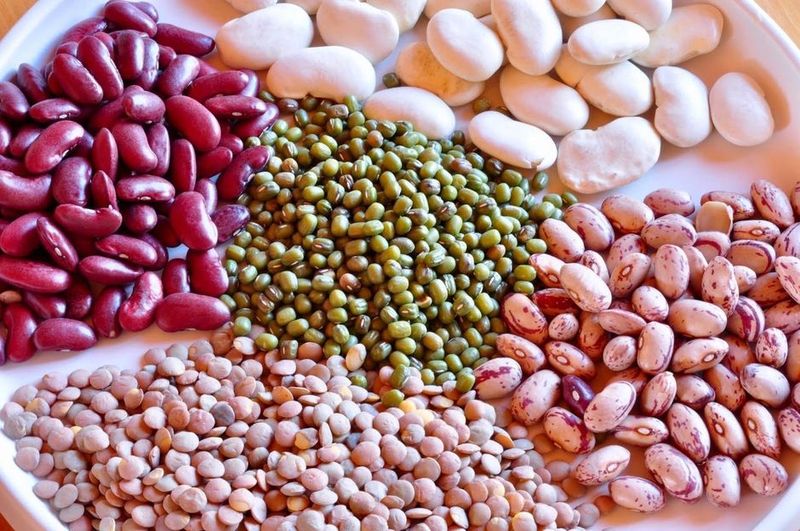
Ezekiel was instructed to make bread with beans during a prophetic demonstration. These legumes provided essential protein for ordinary people who couldn’t regularly afford meat.
Archaeological evidence shows beans were dietary staples throughout the biblical world.
18. Salt: Covenant Mineral

“You are the salt of the earth,” Jesus told his followers, highlighting salt’s preservative and flavoring properties. Biblical “covenants of salt” symbolized permanence and preservation.
Salt was so valuable it served as currency—the word “salary” comes from salt allowances. All of us use salt daily.
19. Milk: Land Of Plenty

“A land flowing with milk and honey” described Canaan’s abundance. Milk came primarily from goats and sheep rather than cows in biblical times.
Scripture mentions milk as nourishment and metaphor for spiritual growth. Americans consume milk in countless forms!

